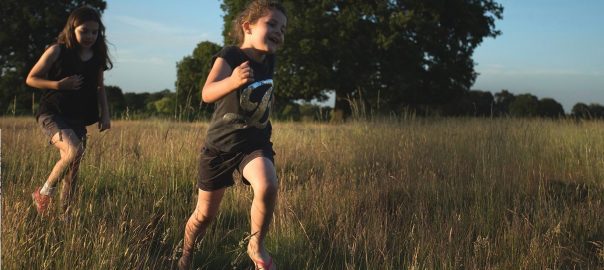26 May 2016

Different people perceive the same city or neighborhood in different ways. While one person may appreciate ecological and social aspects of a neighborhood, another may experience environmental and racialized injustice. A place may also conjure contradicting emotions—the warmth of community and home juxtaposed with the stress of dense urban living....
24 May 2016
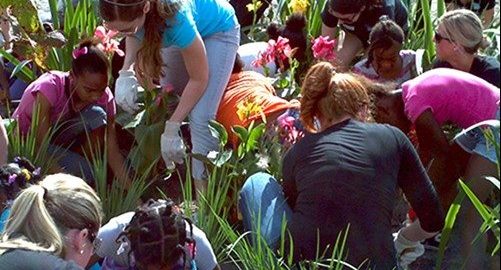
According to the United Nations’ sustainable development framework, there are three dimensions of sustainability: (1) economic sustainability (jobs, prosperity, and wealth creation for all); (2) social sustainability (reduced vulnerability to poverty, inequality, and insecurity); and (3) environmental sustainability (production and consumption patterns that respect planetary boundaries) [Note i]. On the...
22 May 2016
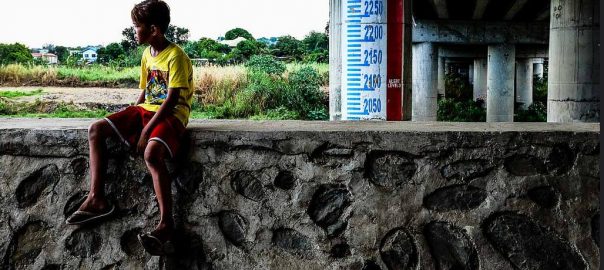
There is an advertisement that is played with great frequency on television in Dhaka, Bangladesh. Even without the language, the imagery is powerful and vivid; the meaning seems unambiguous. In the setting of a sparklingly clean, modern kitchen, a young pregnant woman goes to drink a glass of what appears...
19 May 2016

The other day, I took my two children to the park. We clambered over rocks and logs, slid down slides, and rolled down a large grassy hill. At one stage, I stood at the top of the hill, the city skyline before me, and the sounds of happy children all...
17 May 2016
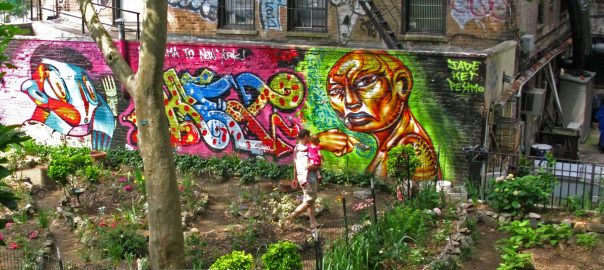
As our cities expand and densify simultaneously, there is a need to design places to connect people to nature. If we are not careful, our commute and daily experience within the city will be nothing more than glass, steel, and concrete. This post articulates the need for biophilic interventions in...
15 May 2016
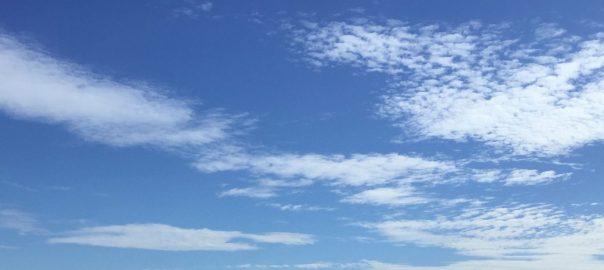
A recent post by an online design-oriented magazine devoted to things environmental declared that it had been a good week for the environment and proceeded to list a number of initiatives and new products that were almost exclusively to do with human technology. It struck me that the average tree...
12 May 2016
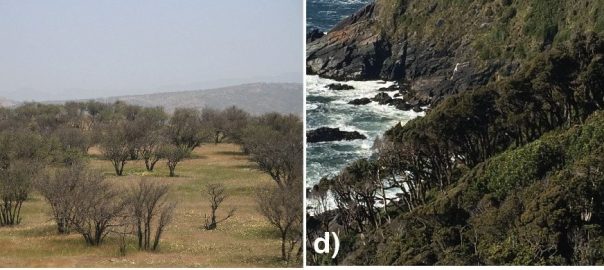
We live in the city of Valdivia, located in southern Chile (40° S), known in the country for its good quality of life, high biodiversity (particularly the Valdivian temperate rain forest) and a high annual rainfall (2m average). This last point always surprises and troubles visitors, especially those who come...
10 May 2016
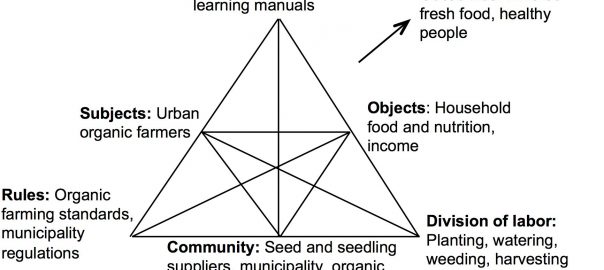
Community environmental education prioritizes community wellness, and uses learning in and about the environment as a means towards community wellness and healing. It draws from place-based, youth and community development, participatory, and resilience approaches in environmental education. Recognizing that community environmental education is an emerging field lacking a clear definition...
8 May 2016
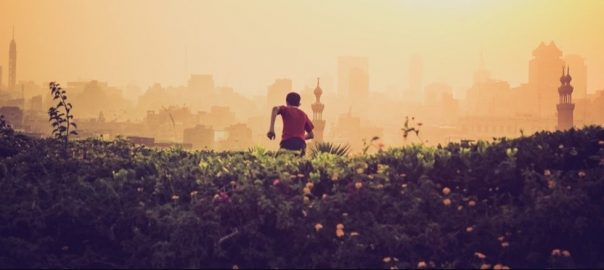
Predicting the future is impossible, but climate science is beginning to paint a concerning image of a future troubled by climate change. My last feature post outlined the challenges climate change poses to our cities and aging infrastructure, but climate change also endangers our health and well-being. Climate change does not just...
5 May 2016
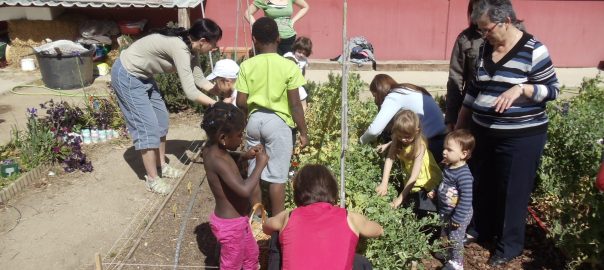
Urban schools—any public, private, or charter schools delivering formal primary or secondary education—are key institutions in the shaping of vibrant and sustainable cities. Imagining such cities depends on the assumptions and ideologies of those involved in the transformation of urban sites, and moving beyond perceiving urban schools as problematic institutions...
3 May 2016
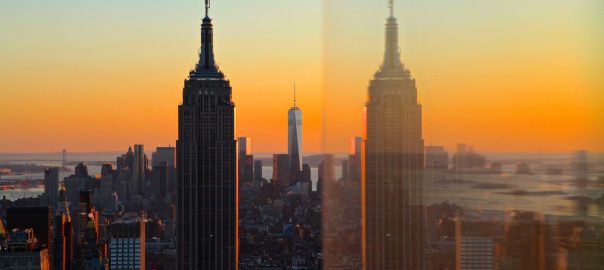
High of 96°F today, much like the past week. Five days of relentless heat, and the humidity makes the city feel like a sauna that you can’t escape. The air buzzes with the sound of hundreds of window air conditioners that can’t seem to banish the heat from the buildings...
1 May 2016
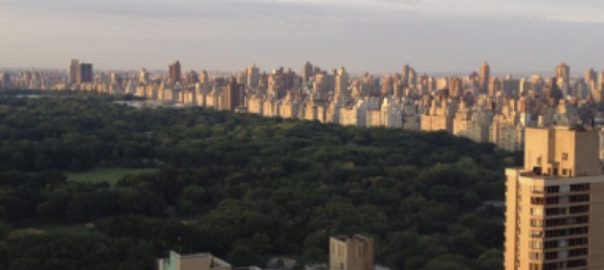
Cities—their design and how we live in them—will be key in our struggle for sustainability and, indeed, our future. As cities grow, as they are newly created, and as more and more people choose or require them as places to live, our decisions about urban design and city-building will determine...
28 April 2016
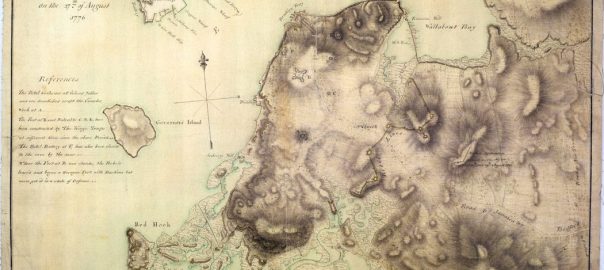
A research and design framework, lowlands looks at public housing projects in environmentally vulnerable locations—specifically, low-lying lands, often on former marshes. A quick survey of New York City public housing projects demonstrates that this is a common condition; in many cases, land available for public housing wasn’t previously developed because...
26 April 2016
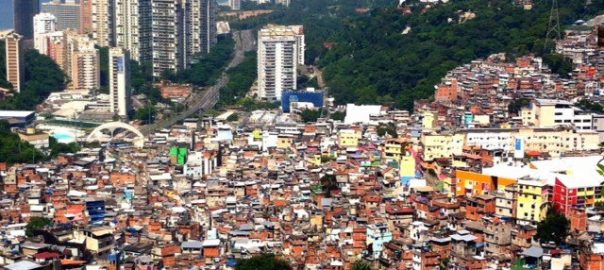
According to the UN, at least one third of the global urban population suffers from inadequate living conditions. Lack of access to basic services (drinking water and/or sanitation, not to mention energy, waste recollection, and transportation), low structural quality of shelters, overcrowding, dangerous locations, and insecure tenure are the main...
24 April 2016
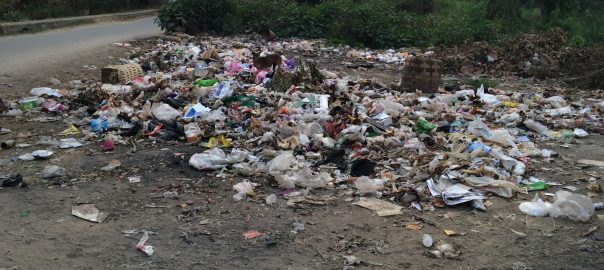
A Burmese man surprises me with a question, an idea that will make my thoughts race for weeks. “They talk about human rights abuses and political prisoners and all of these things. Yes, these things are important,” the man says, referring to the collective, unknown “they” who create the rules...
21 April 2016
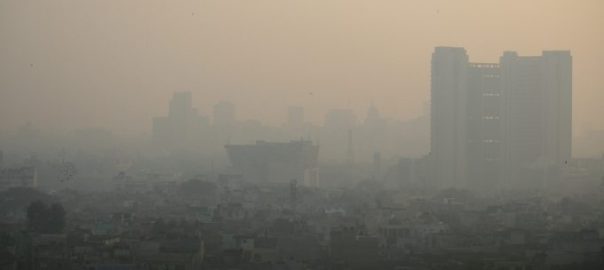
As world leaders gathered recently in New York to sign the momentous Paris accord to curb future carbon emissions, the air in Indian cities such as Delhi continued to scale alarming heights of befoulment, and Chinese cities such as Beijing keep struggling to curtail the roiling murk in their own skies....
18 April 2016
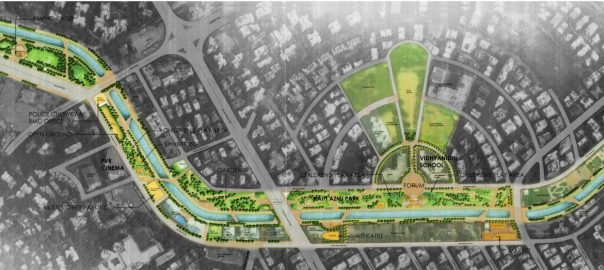
Here at The Nature of Cities, we write a great deal about the benefits of “green” cities, widely construed. In particular, we write that green infrastructure and biodiversity in cities have broad benefits for people, nature, and, indeed, for the world at large through their effects on sustainability and resilience....
14 April 2016
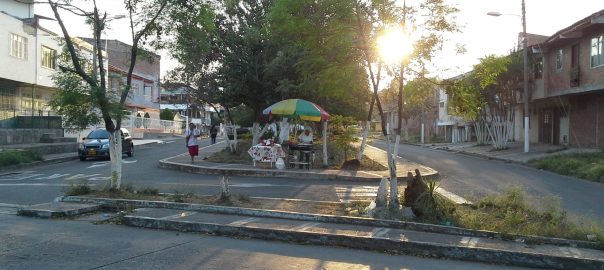
In previous contributions to The Nature of Cities (for example, Das (2015); Tsur (2014)), some authors have reported successful experiences or projects of linear open spaces providing green access to more people across neighborhoods or adapting old infrastructure to modern needs. Linear parks are longitudinal areas, both green and grey,...
12 April 2016

From a centuries-old pear tree marking the remnants of a castle in the Czech Republic, to an urban perimeter of abandoned ammunitions dumps in Spain, to a tiny balcony in cramped New Delhi—places that people care about dot the globe. Stewards, often driven by place attachments, meanings, and memories, defy...
8 April 2016
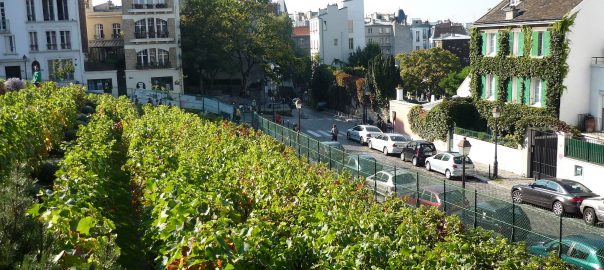
How do you like roller coaster rides? I love them—provided that I am sitting in the operator’s cabin and not in one of the small, shaken carts frantically moving up and down. In two of my last posts, The Nurtured Golem: A Nantes Neighborhood Transforms Environmental Bad into Good, and...

